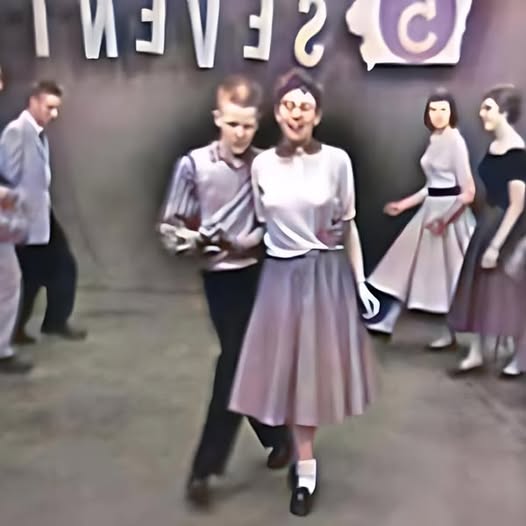Dancing has long served as a vehicle for social connection, offering participants an opportunity to share rhythm, movement, and emotion in a collective experience. Among the many dances that have emerged over the decades, The Stroll stands out for its graceful simplicity and enduring cultural impact. First introduced to the American public on the television program American Bandstand in the late 1950s, The Stroll quickly transcended its broadcast origins to become a nationwide phenomenon.
The choreography of The Stroll is deceptively straightforward. Dancers arrange themselves into two parallel lines of partners, typically with young men on one side and young women on the other. On cue, each couple steps forward into the open space between the lines and “strolls” down the center, moving in perfect unison before returning to their original positions. This synchronized procession creates a visual rhythm that underscores both individual style and collective harmony, inviting participants of all skill levels to join in.
The cultural context of The Stroll cannot be overstated. In an era before digital communication, social gatherings centered on local events such as school gym dances, sock hops, and community hall performances. A 1958 Idaho dance hall recording offers a vivid window into this period, capturing the excitement and camaraderie that The Stroll inspired. As teenagers lined up to take their turn, the energy in the room was palpable—each couple contributing to a shared tapestry of movement that resonated far beyond the dance floor.
